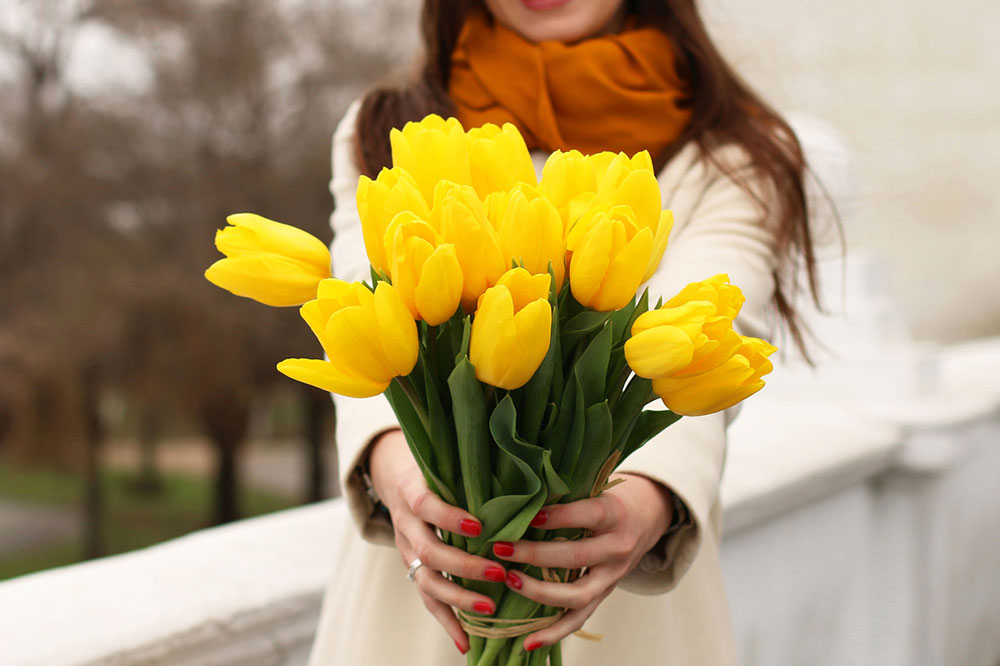
7 Flowering Plants That are Toxic for Cats
Growing flowers is a favorite past time and hobby for millions of citizens in the country. The brightly colored hues, shapes, and fragrances can enchant anyone who gets to look at a brilliantly landscaped garden. However, if you are a cat owner, you need to think twice as not all beautiful flowers are safe for your cats.
The following are some houseplants that can prove to be toxic for cats.
Azalea
They belong to the Rhododendron family and all plants in this family are poisonous. Azaleas are the smaller, deciduous species of the family. All the parts of these plants are harmful to cats. The flowers of these plants are toxic. A cat that has consumed a part of this plant shows gastrointestinal symptoms of drooling, intestinal pain, vomiting and diarrhea, cardiovascular signs of abnormal heart rate, hypertension, and weakness. If the poisoning is high, it may cause seizures, coma, cardiovascular collapse or death.
Chrysanthemum
This popular perennial plant with beautiful flowers of fall colors is mildly toxic to cats. The leaves and stems are toxic and if chewed by your cat it would show symptoms like vomiting, diarrhea or lack of appetite. Your cat may also salivate excessively and be inactive.
Daffodil
This flower known by different names such as Narcissus, Paperwhite, and Jonquil is a pretty flower of the spring. But you cannot afford to have these houseplants in your house as they can prove toxic for your cats. The flowers, leaves, and stems can cause severe poisoning if eaten by your cat. The bulbs of daffodils are also toxic and so your cats should be discouraged from digging them out. The symptoms that your cat shows if poisoned are drooling, depression, stomach pain, vomiting, diarrhea, increased heart rate, and abnormal breathing.
Hydrangea
Hydrangeas are very popular household plants with pink, blue or white flowers. They are beautiful in the garden and are great for dried flower arrangements too. These houseplants are not highly toxic for your cats. The highest concentration of irritants is found in the flowers and leaves. If eaten, it causes vomiting, stomach pain and weakness in your cat.
Lily
Lilies come in many varieties and are popular as houseplants. Lilies are very dangerous to cats and hence should not be planted in the household or garden. All plants that belong to the lily group should be avoided as they could be fatal. If any part of the plant is consumed it can affect the kidneys of the cats, leading to its failure. Amaryllis, a part of the lily family, is not as toxic as the more common lilies. The leaves, stems, and bulbs are mildly toxic and can cause vomiting, drop in blood pressure or respiratory depression.
Marigold
This plant is easy to grow and is a popular annual with plenty of flowers. The sturdy plant has colorful flowers with a pungent aroma. If your cat eats marigold leaves or stems, it may cause mild irritation in the mouth or gastrointestinal tract. Your cat’s skin could also be irritated if exposed to the plant.
Iris
This favorite plant of the house garden comes with flowers of rainbow colors of blue, purple, pink, orange, white, red and yellow. It is toxic to cats because of its rhizome or bulb. The irritating compound or the poison is highly concentrated in the bulb of the plant. Ingesting this can cause drooling, vomiting, diarrhea and lethargy. Take care to keep your cat away when this plant is transplanted or divided.


